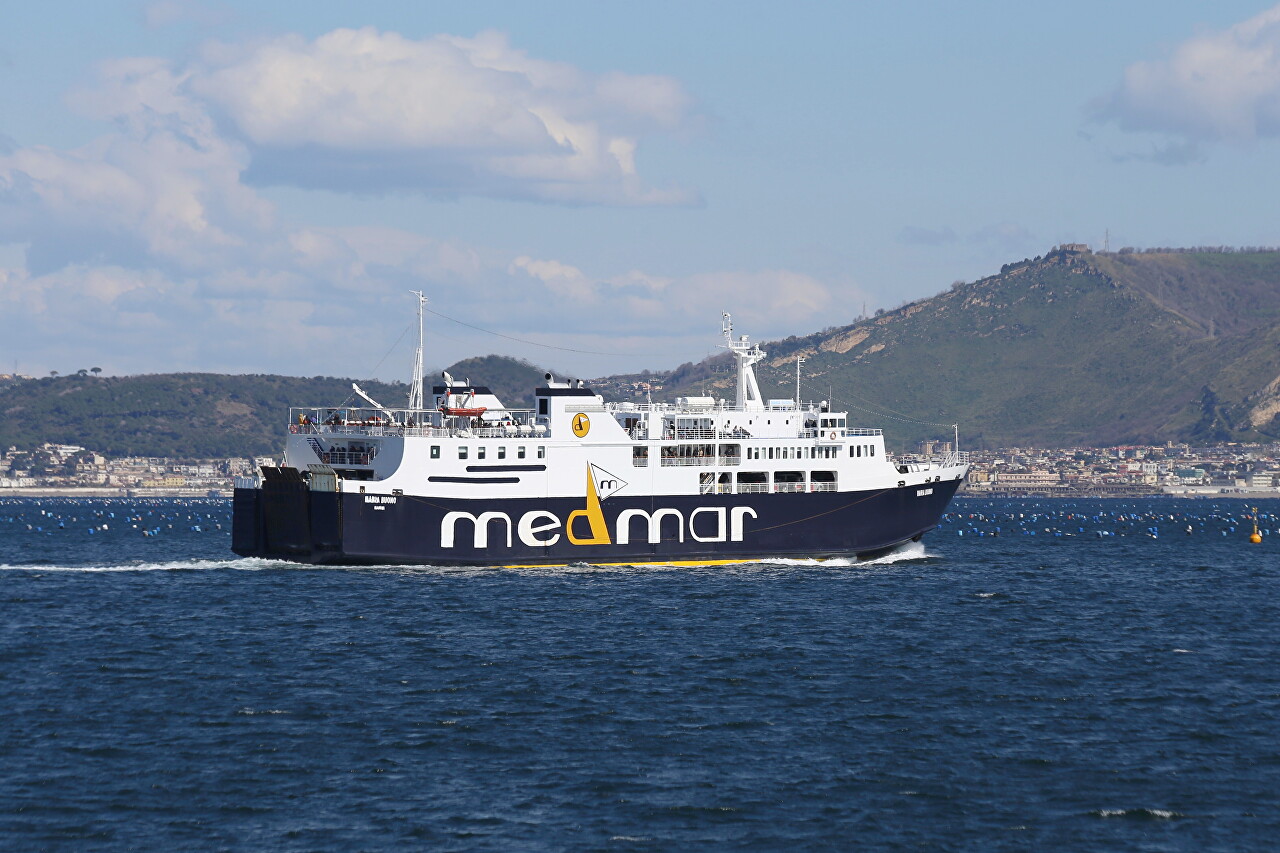Capo Miseno
From the west, the Gulf of Pozzuoli separates the Flegrei Peninsula from the open sea, with a far-reaching high promontory. Capo Miseno, a pear-shaped yellow tuff rock with a height of 154 meters, appeared as a result of volcanic activity between 35 and 10 thousand years BC.
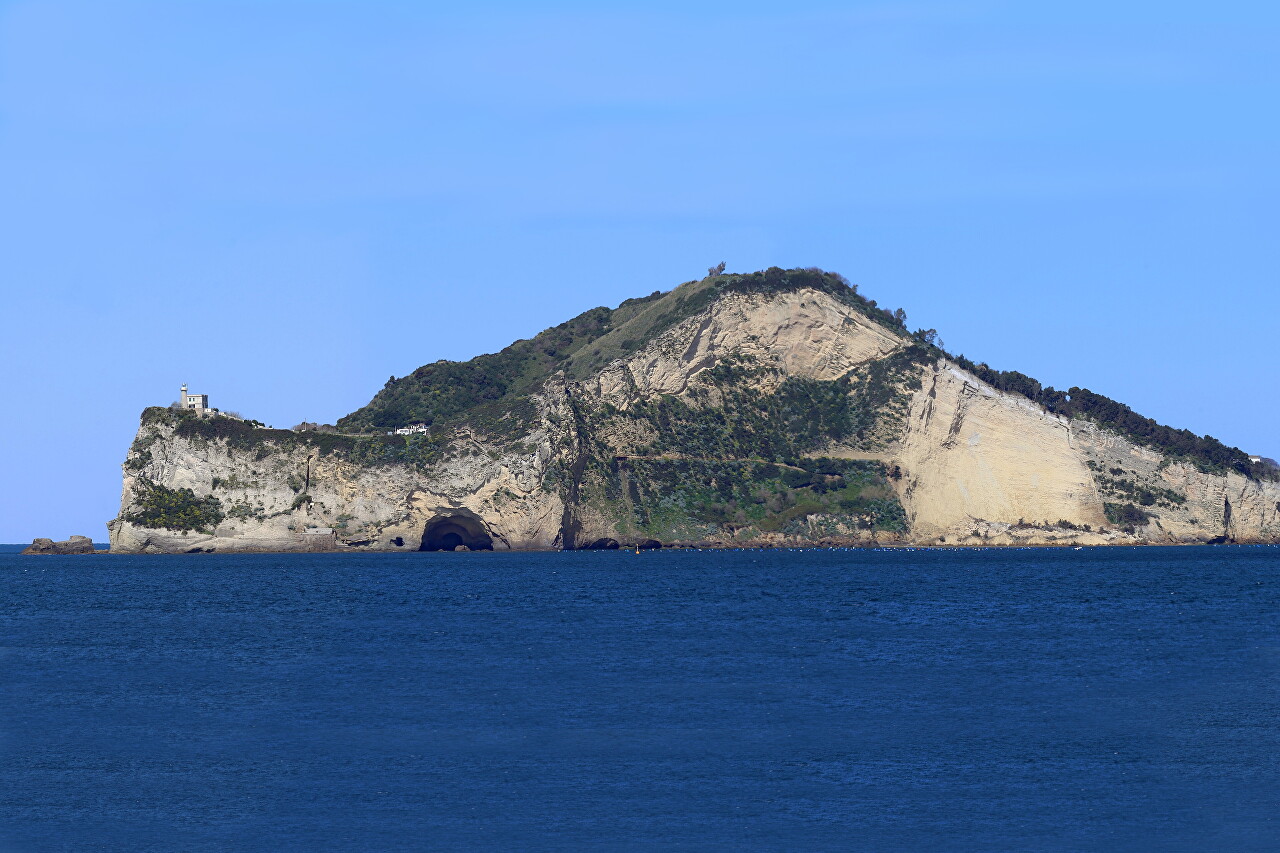
The name of the cape has its roots in ancient mythology, evidence of this can be found in Virgil in the Aeneid. Miseno was the bugle-player of Aeneas, and it was he who summoned Triton to the sound of his trumpet, after which the gods threw him into the sea. Misenus ' body was washed ashore, where Aeneas buried it, creating a huge stone mound in memory of his heroic comrade.
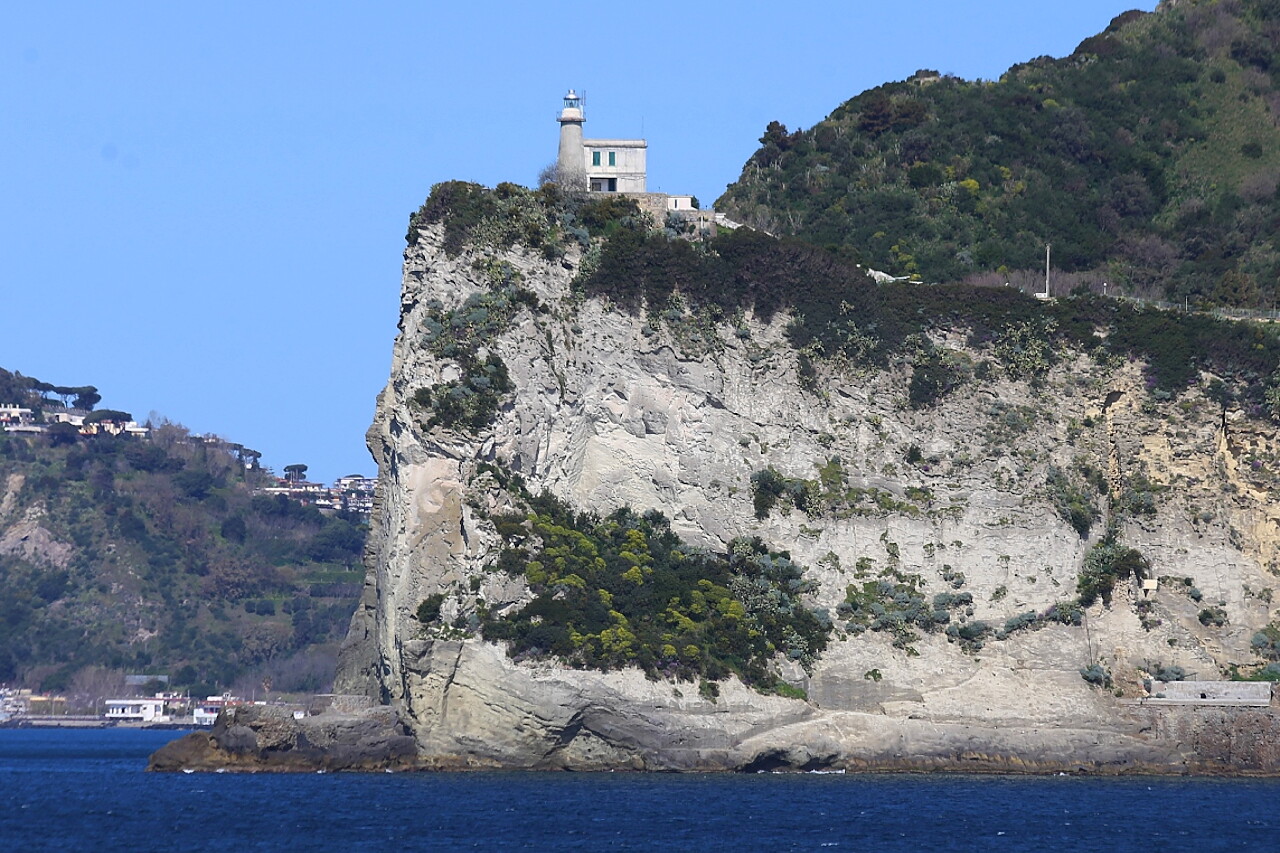
The caldera of the volcano forms a convenient bay near the eastern slope of the cliff, on the shore of which the Romans founded the city of Misenum. In the first century BC, the bay became the base for the Imperial Navy (Classis Misenensis), created by order of Augustus.
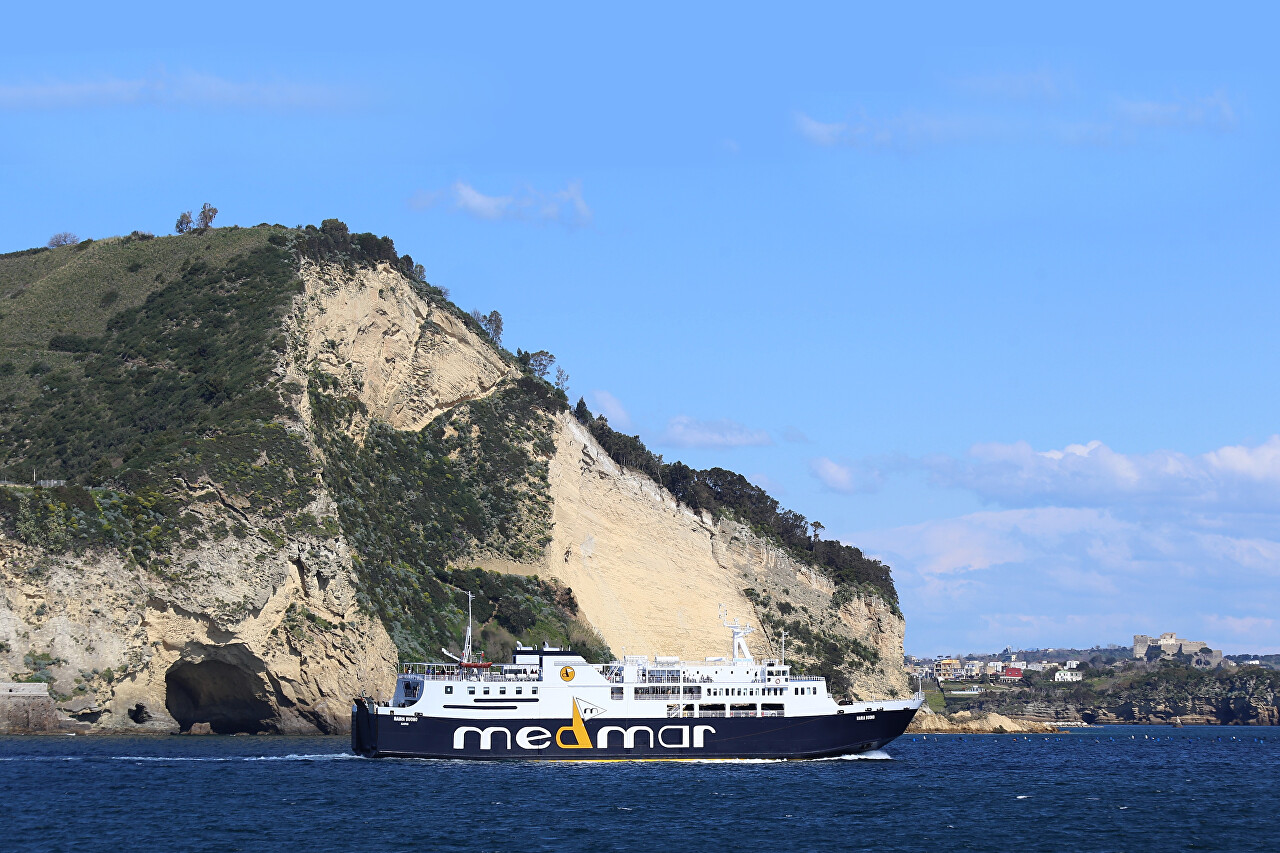
With the closure of navigation for the autumn-winter period, detachments of ships from the Aegean and Adriatic Seas came to the parking lot in Miseno. The city reached its greatest prosperity in the time of Marcus Aurelius. At that time, up to 250 ships were stationed in Miseno Bay, which controlled the western part of the Mediterranean Sea.
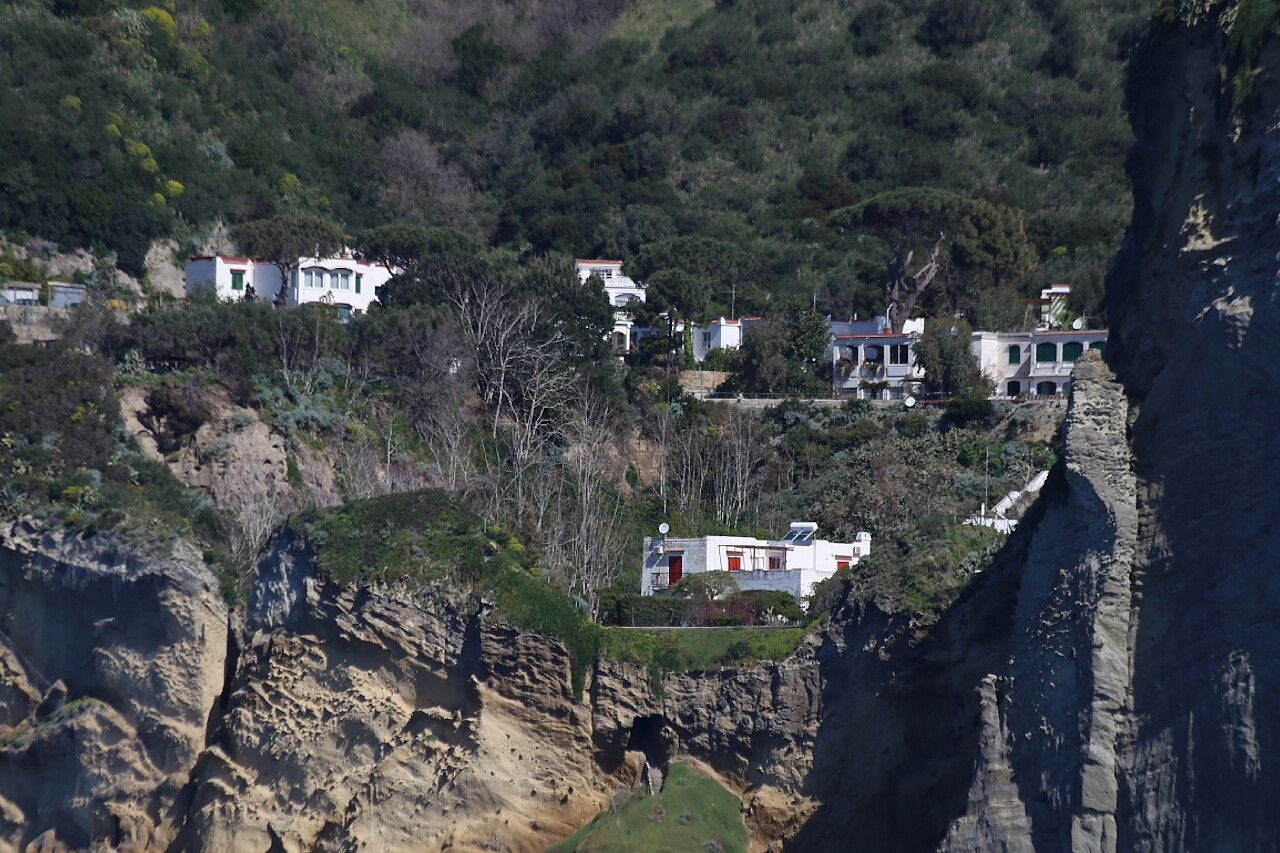
The Nymphaeum grotto on the eastern cliff of the cape can be mistaken for an artificial structure due to its regular shape. In fact, this natural cavity is washed out by waves in the heterogeneity of tuff rocks. There are plenty of such caves not only in the rocks of Miseno, but also on the islands of Procida, Ischia, Capri, which have the same origin.
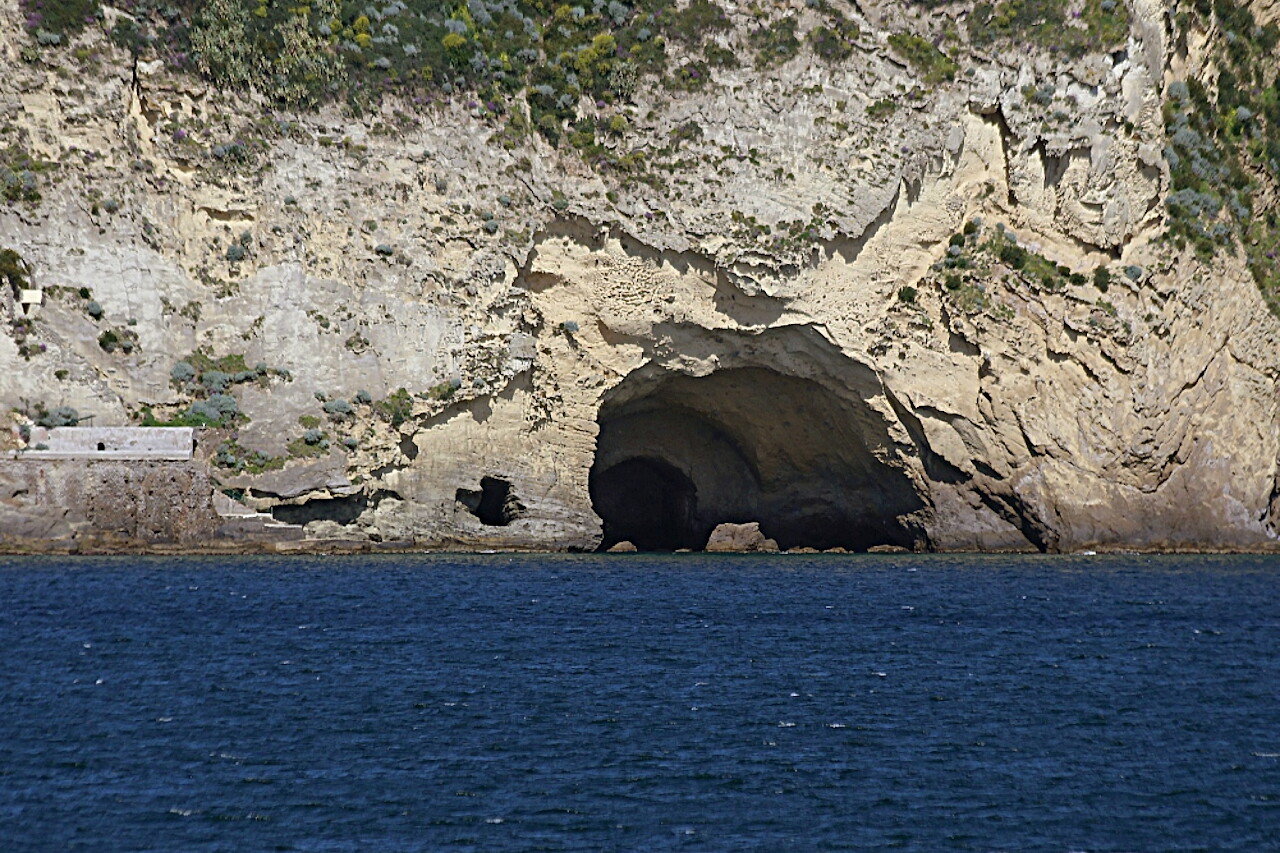
At the end of the Roman Empire, the city began to decline and was raided by Saracens. The history of the city ended in 840, when the population was forced to flee from pirates to the island of Procida. As a reminder of those dashing times, the fortification (Torre Saracena), sometimes referred to as the "Low Tower" (Torre Bassa), has been preserved on the western cliff face.
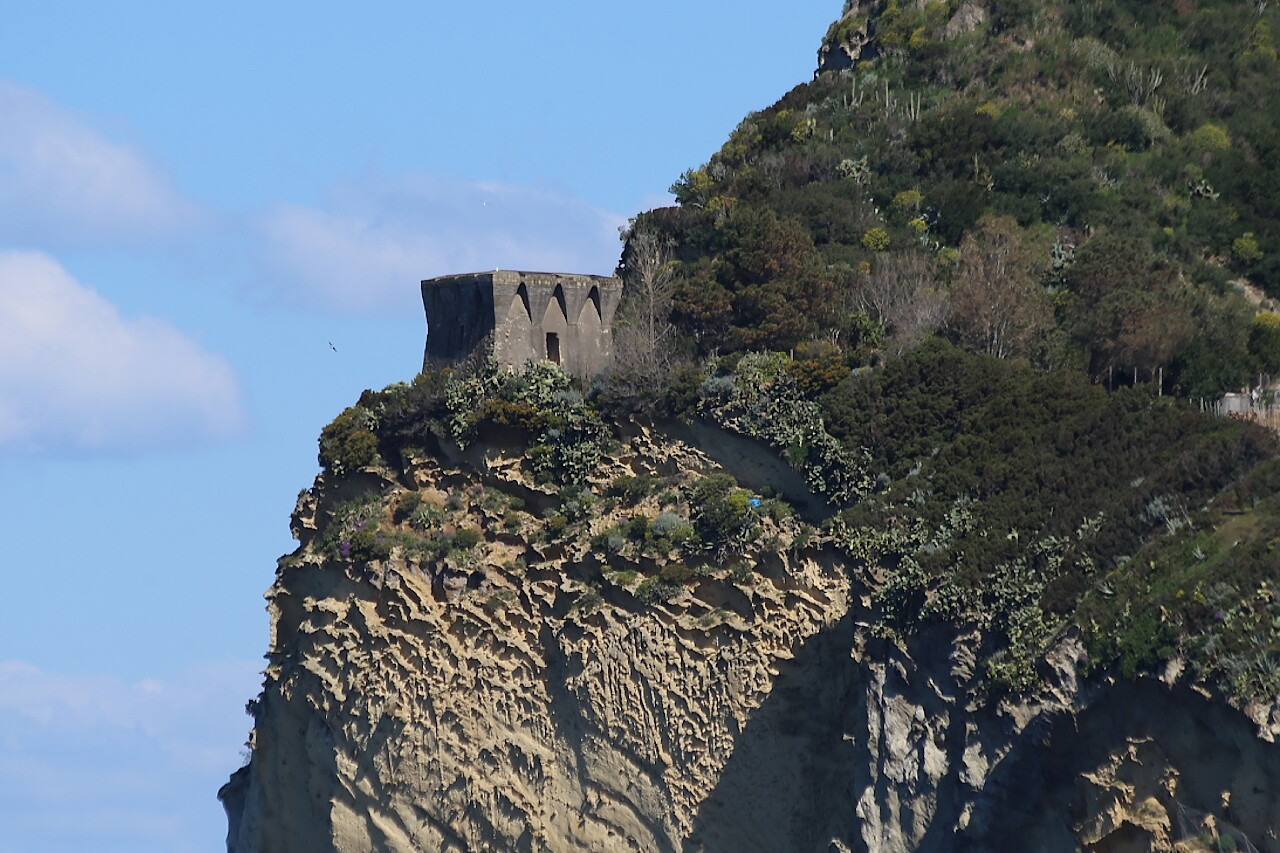
Miseno Lighthouse is essential for navigating the dangerous strait between the cape and Procida Island.
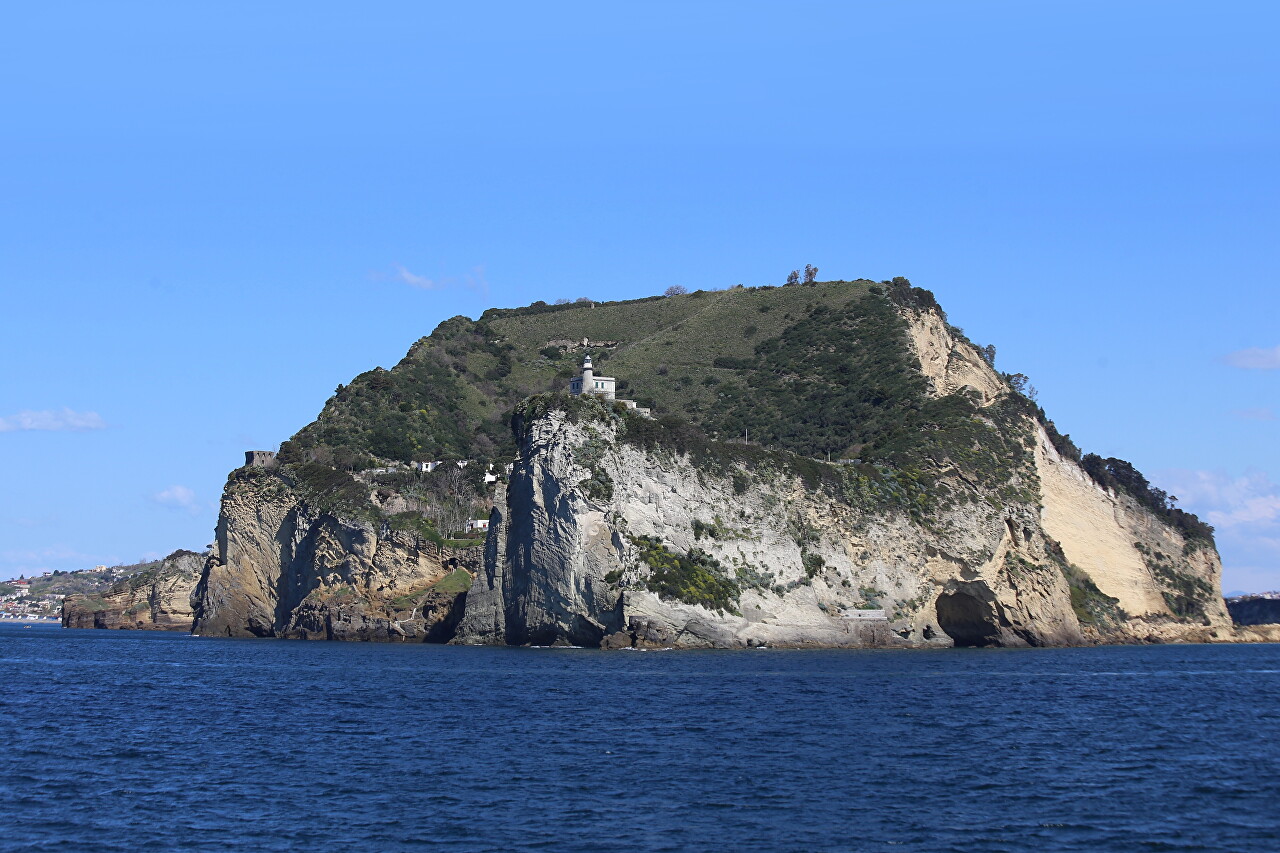
The area where the lighthouse is located is completely inaccessible, and a long tunnel was cut through the tuff for its construction and maintenance.
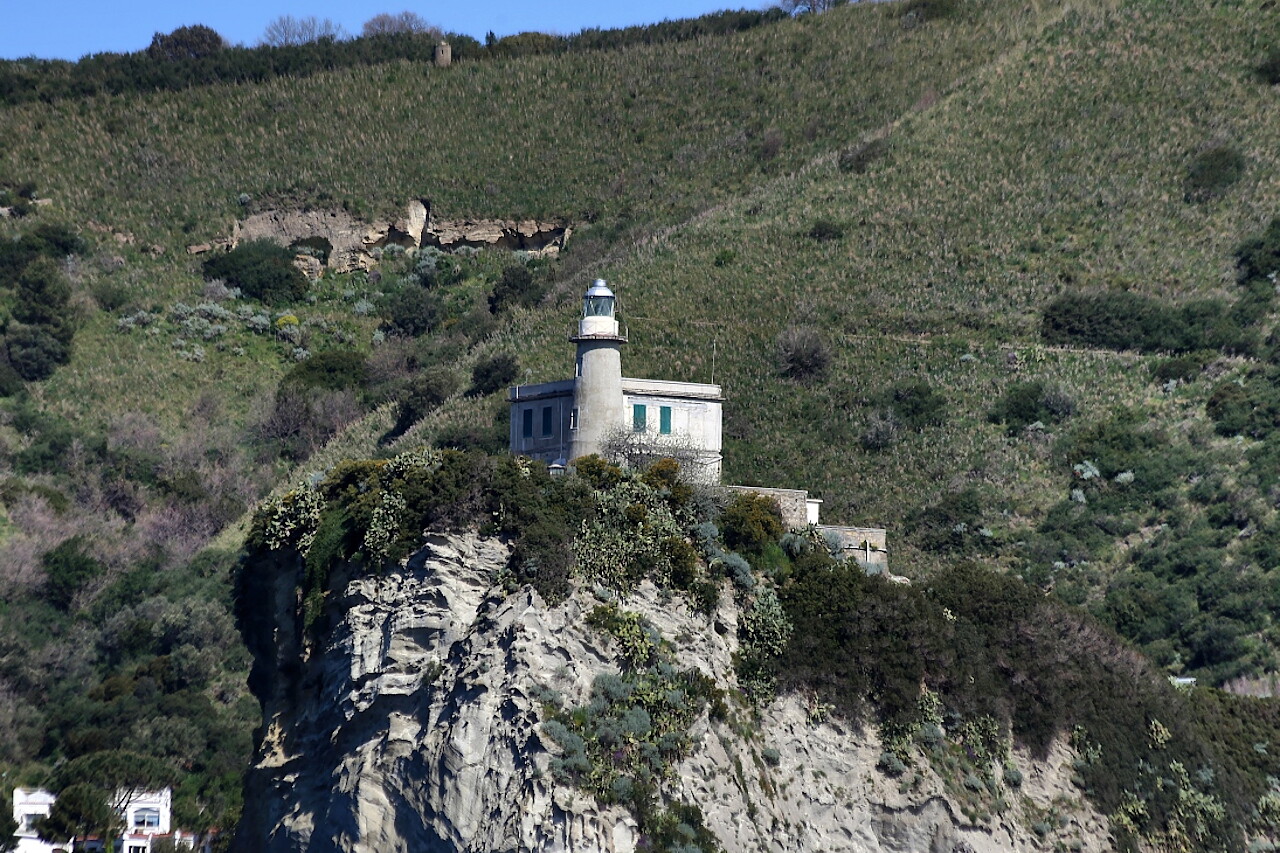
During the Second World War, the cape was turned into a powerful center of defense, numerous artillery caponiers and bunkers were built, connected by underground galleries. Now all these structures are abandoned and not recommended for visiting, as there is a real possibility to fall into the dungeon in the most unexpected place.

In front of the cape, a small rock protrudes out of the water, on which you can see two round bunkers.
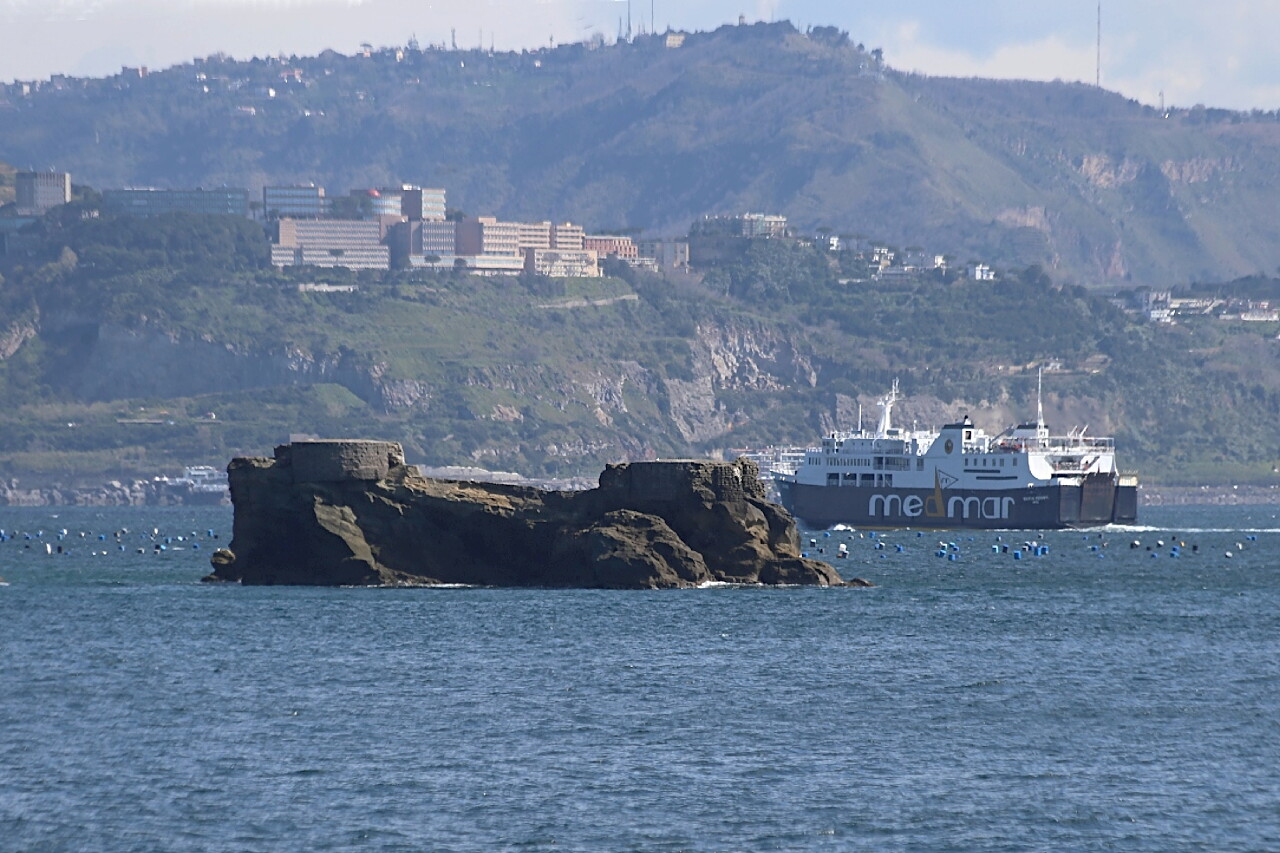
Most of the Flegrei peninsula is occupied by the resort town of Bacoli. The settlement was founded by the Romans and was named Bauli. Several ancient buildings have been preserved on the territory of the city, the most famous of which is the tomb of Agrippina. In the first centuries of our era, as a result of bradyseism (tectonic subsidence), the territory of the peninsula began to sink and was abandoned by the population.
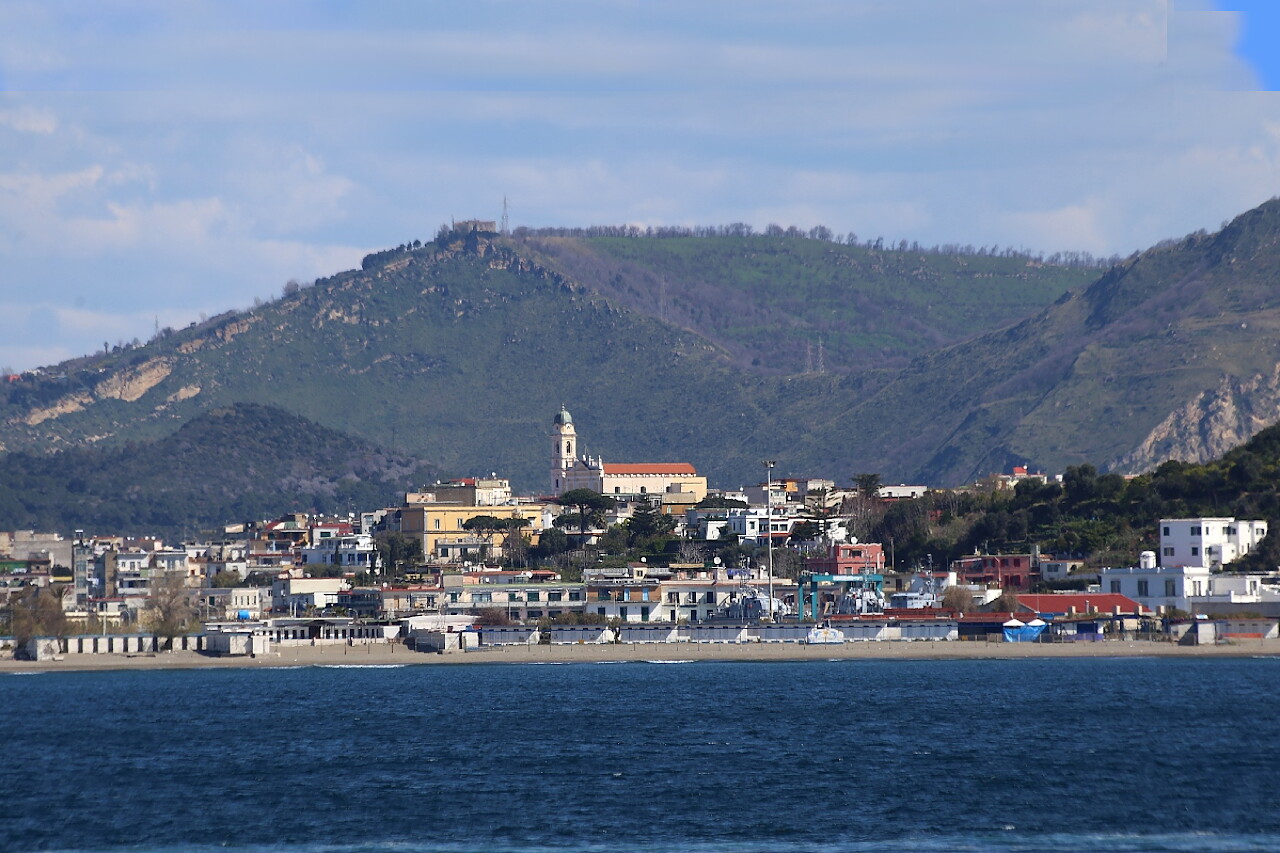
In the Middle Ages, the reverse process took place and the city was revived in the 17th century, two centuries later becoming a well-known resort in Europe. In the early 19th century, King Ferdinand I of the Two Sicilies chose the shores of Lake Fusaro for hunting. On a small island, the court architect Vavinelli built a hunting lodge (Casina Vanvitelliana), connected to the shore by a wooden bridge. Religious attractions include the beautiful Baroque Church of St. Anne, founded in the 16th century.
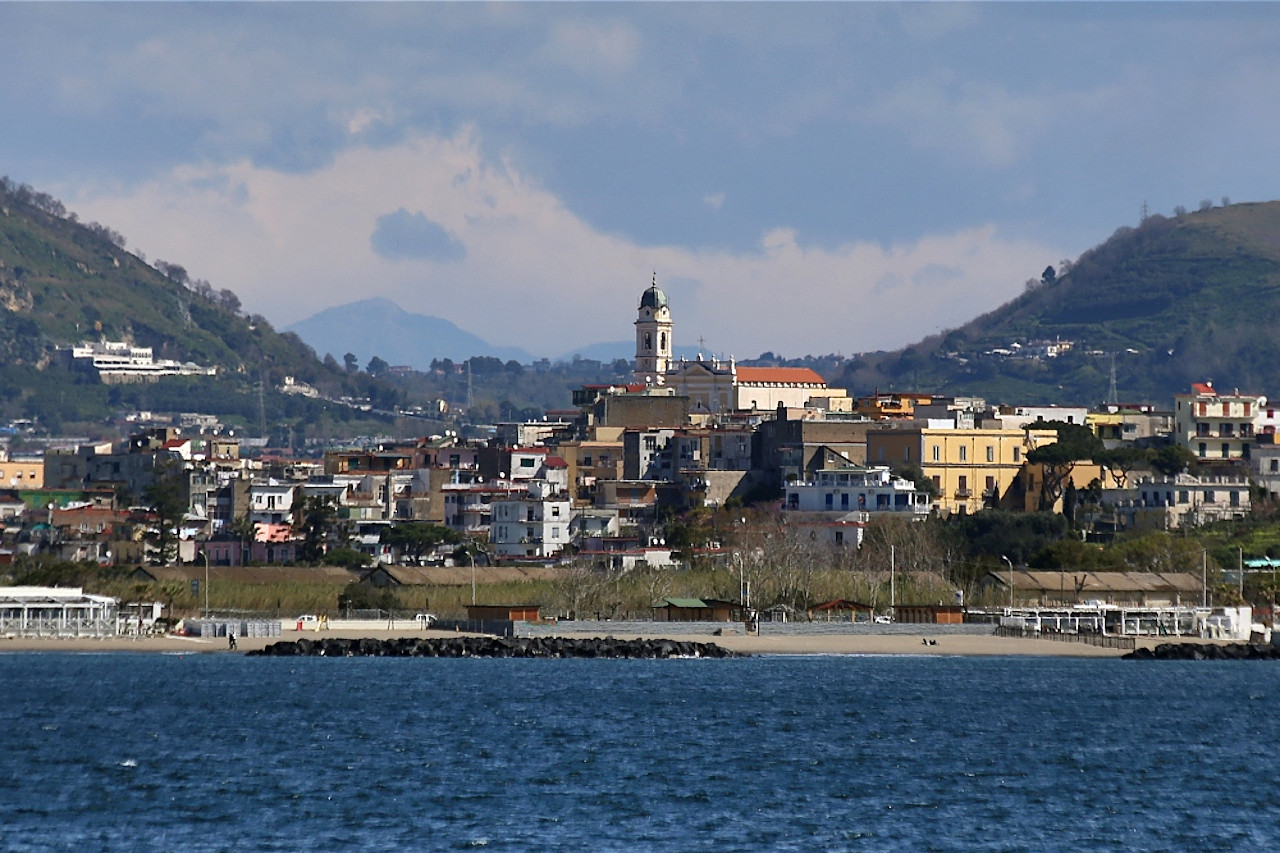
They say that the age of hydrofoils is irrevocably gone, but in the Gulf of Naples they are in no hurry to cut them for scrap. These elegant high-speed motor ships (Aliscafo) travel between Pozzuoli and the islands of Procida and Ischia.
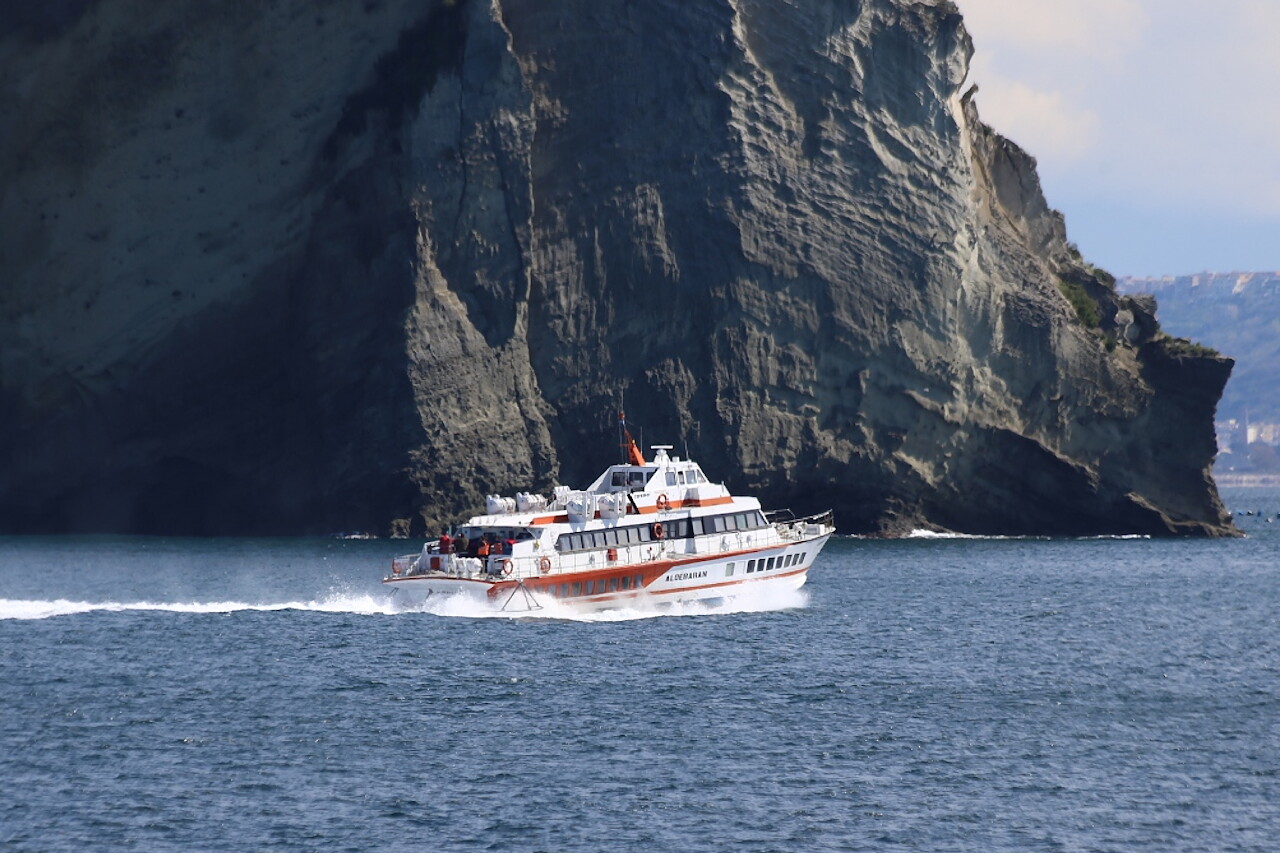
But I liked doing one of these routes on the ferry more - from its high deck you can see a lot more interesting things.
